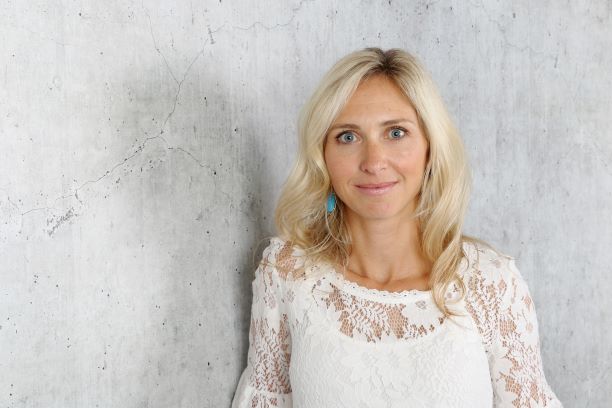There are two main types of wax that professionals may use for hair removal services. Hot wax is often referred to as hard wax and strip wax as soft wax. When should you use hard wax versus strip wax? How do you know which to pick? What is the difference between hard wax beads and the traditional brick packaging? Below are the answers to these questions and more!
KEY DIFFERENCES
The main difference between hot (hard) wax and soft (strip) is the way that the wax is applied and removed. Hot wax is applied against the hair growth, left to set, and then removed without the use of an epilating strip. Strip (soft) wax is applied in the direction of the hair growth and then an epilating strip, like muslin or pelonis, is placed over the wax, pressure is applied, and it is removed opposite to the hair growth, pulling the hair out. Both are effective ways to remove hair and allow for a smooth result. Additionally, hard wax is heated to a temperature of approximately 60°C (140° F); it should be a thick honey consistency. Whereas strip wax is heated to 70-75°C (158-167° F) and is a runnier in consistency.
WAXCRAFT
Strip wax is applied thinly and can be removed quite quickly with practice. As a result, it is advisable to use strip wax in larger areas such as legs, arms, back, and even the outer edges of the bikini (inner thighs). A good quality strip wax should not cause skin drag or leave any sticky residue behind. Hard wax is excellent for more sensitive areas such as the bikini or Brazilian area, underarms, and face. Hard wax can be applied in different size patches, which allows for more precise waxing around tricky areas such as the eyebrows and the lips.
PRE & POST
With all waxes, it is advised to use a cleanser before and after waxing to help cleanse skin of any debris, makeup, or lotion. Waxing opens the hair follicle, so it is important to ensure skin is clean prior to waxing. Applying the cleanser immediately after the wax will help close the hair follicle. Applying a pre-waxing oil with hot wax adds an additional barrier of moisture to skin, and a little goes a long way! With both hard and strip wax, applying an aftercare product after the service further soothes skin and reduces any redness or inflammation.
WAX WISDOM
When choosing which waxes to have at your station, it is important that you consider all factors, such as what areas you will be waxing most and whether you will need both a hard and strip wax always heated. If yes, you will need to look at how big your wax station is and whether it can fit a duo heater or two singles. Being able to have both waxes available allows you to tailor your services. However, ultimately, the most important factor is that you are comfortable waxing with the type of wax chosen as this will make for the most comfortable waxing experience for you and your client.

Lindsay Miller is the president of LYCON Wax North America. Having first discovered LYCON Wax in the United Kingdom 10 years ago, she has dedicated her time to growing the brand across North America, including introducing LYCON to Canada. Training and product quality are extremely important to Miller and she prides herself on building a strong team around her that can offer the best customer experience possible. LYCON continues to be a market leader in hair removal wax and is used in top spas and salons around the world.